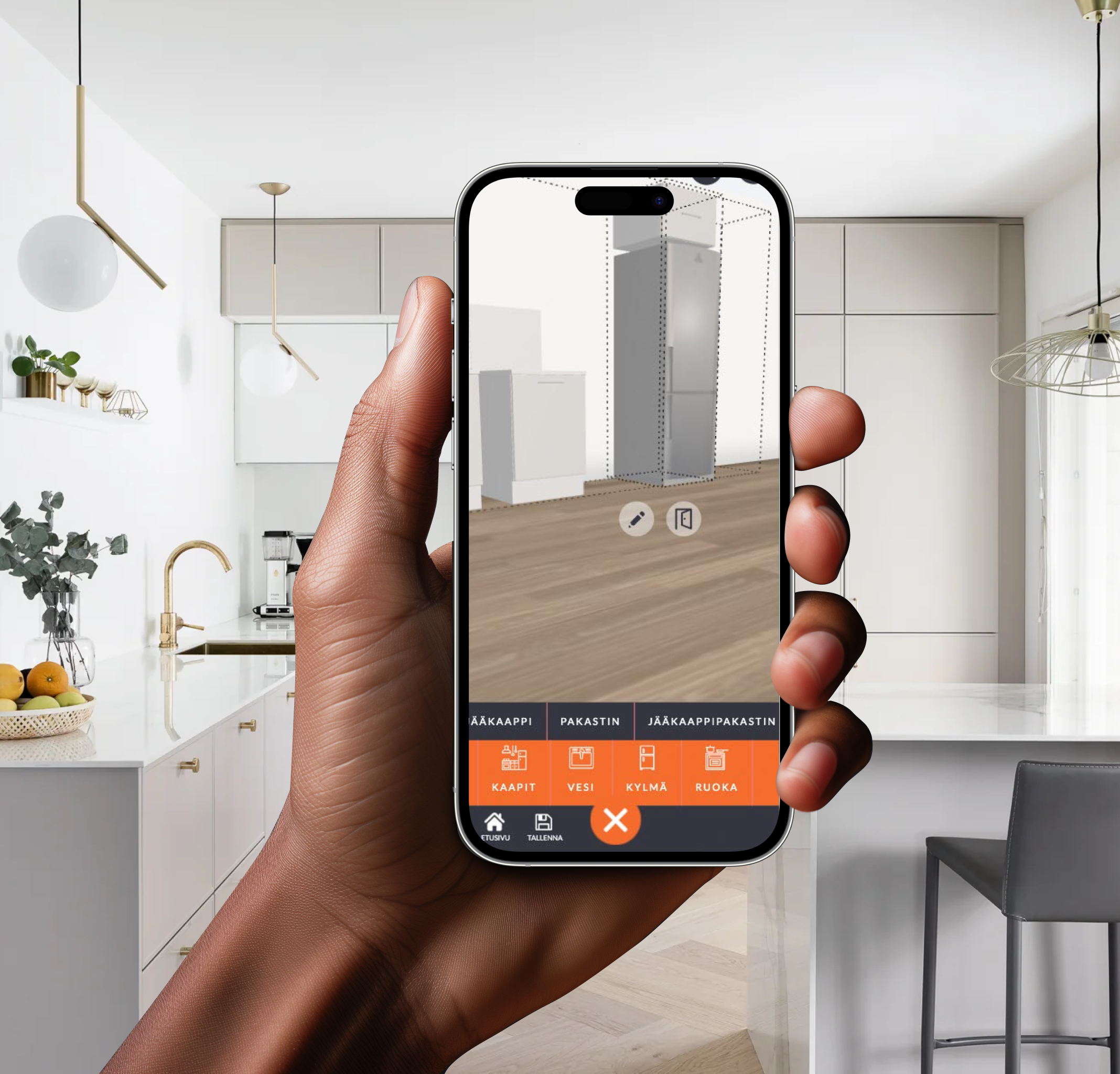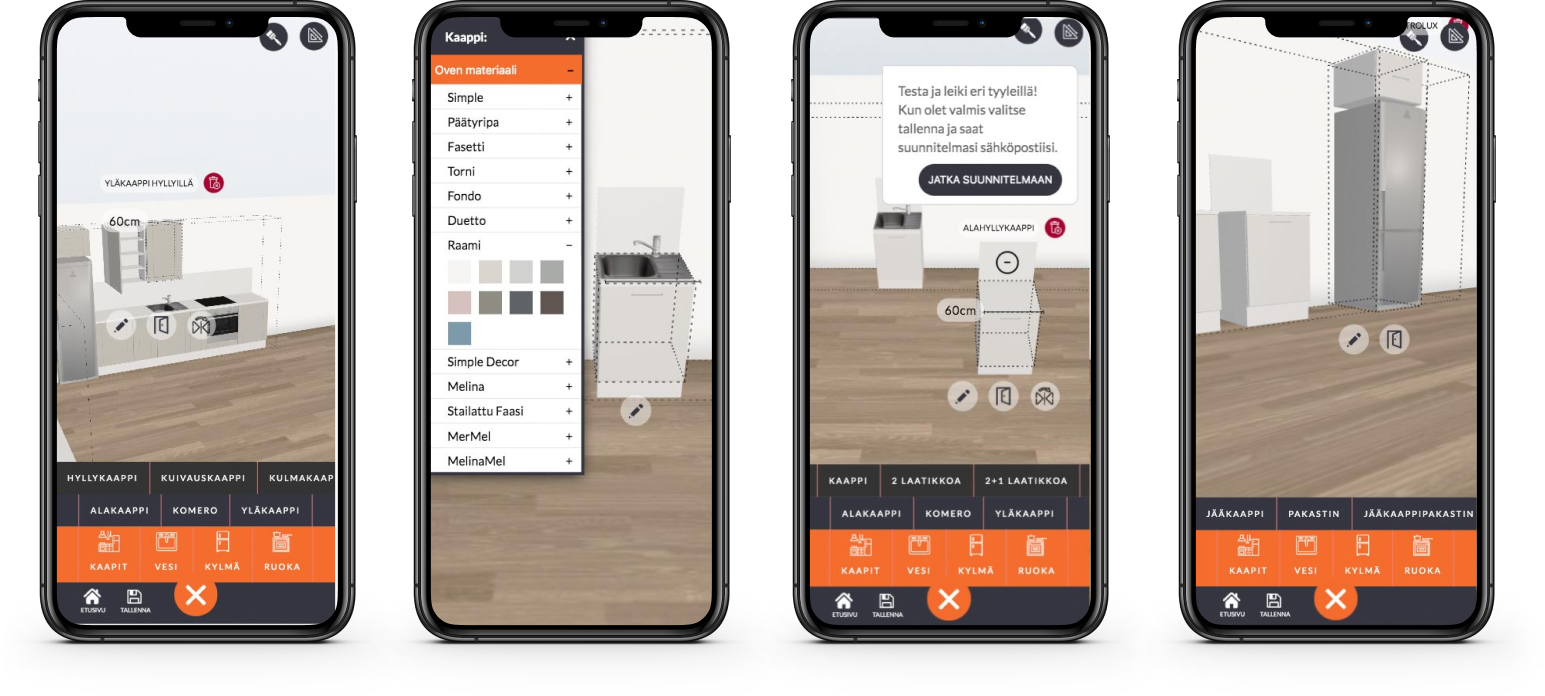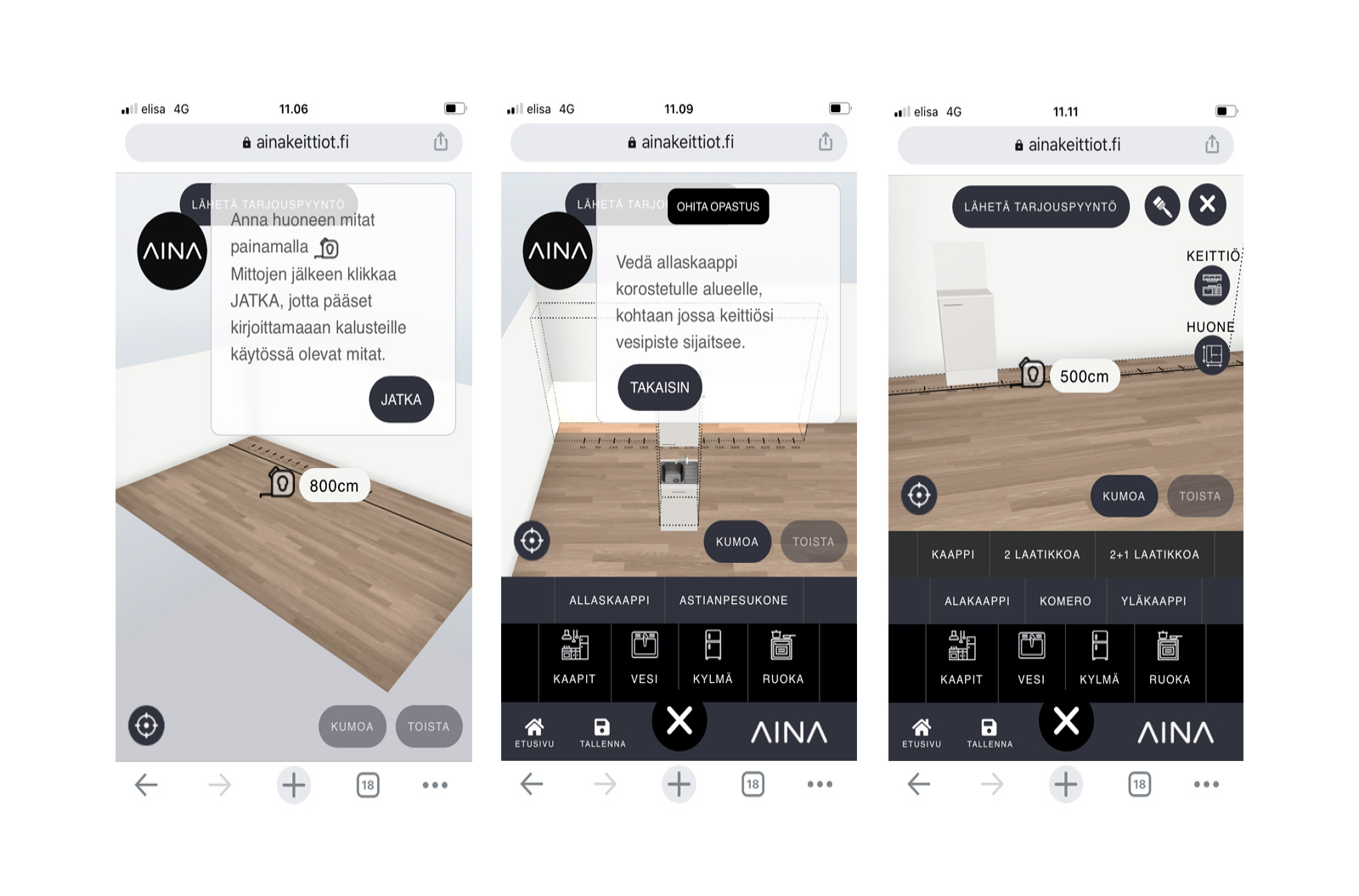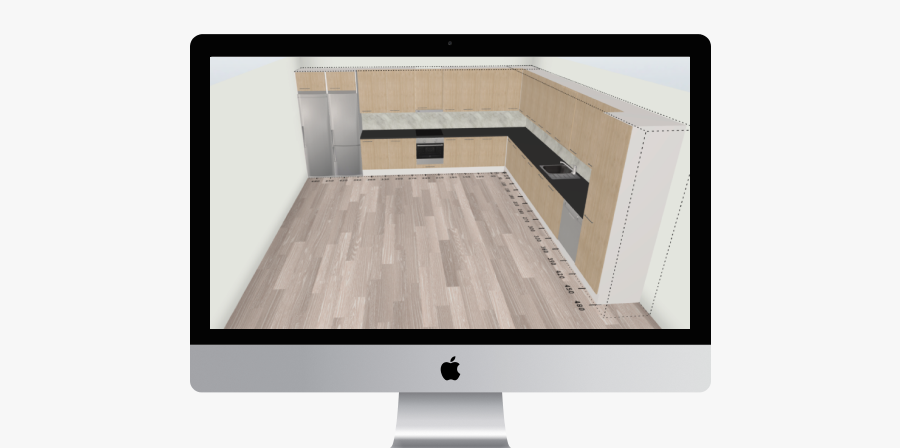Aina-Keittiö
We developed a mobile kitchen design application that allows users to create their own kitchens easily from their smartphones or tablets. Users can choose from various cabinets, surfaces, and appliances, tailoring the design to their preferences. This interactive app makes the plann
My role
I was to be the lead designer, and our team consisted of four members. I was responsible for developing the user interface and user experience, working closely with the other team members to ensure that the design met the project requirements and the client's needs. Collaboration and teamwork were key factors in the success of the project.




